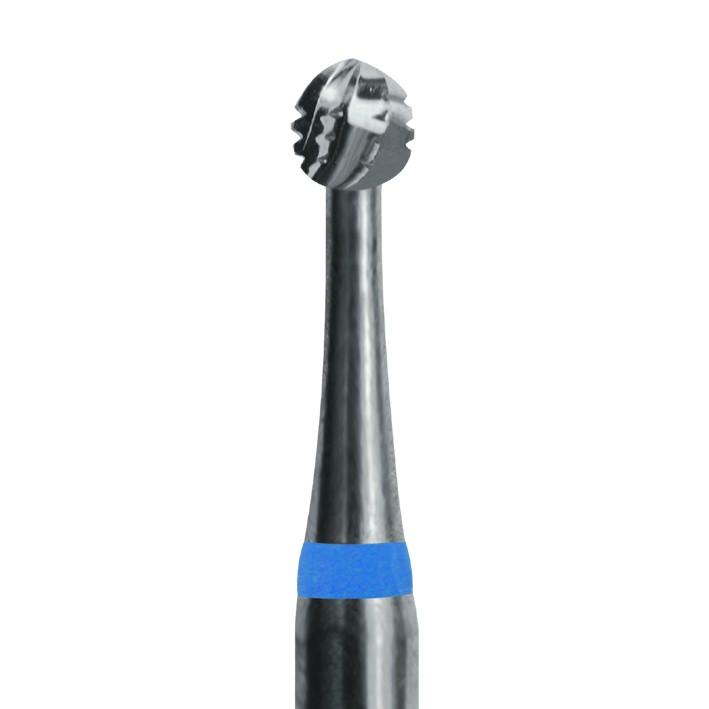
FG Carbide Burs
Carbide burs are made from a compound of tungsten and carbon, known as tungsten carbide. This is why they are known for their hardness, rigidity, and durability. Friction grip burs are also called FG burs, and they are designed for high-speed handpieces, making them the most popular choice. The diameter of the shak is 1.6mm.
More ...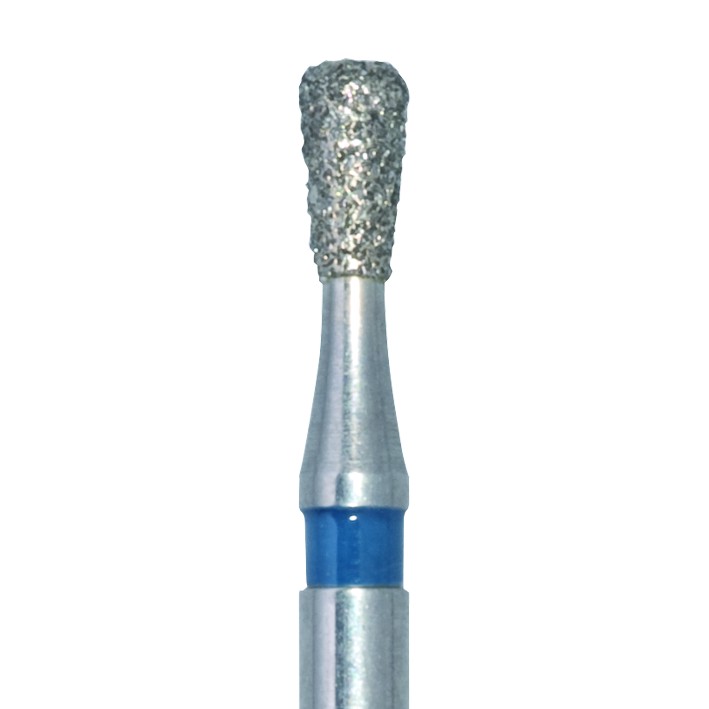
FG Diamond Burs
Diamond-coated burs are coated with industrial-grade diamonds. They are exceptionally hard and suitable for cutting through hard substances like enamel and dentin. They are often used in procedures requiring precision, such as zirconia crown preparation and veneer installation. Due to their high precision, they are suitable for fine detailing, shaping, and contouring. Friction grip burs are also called FG burs, and they are designed for high-speed handpieces, making them the most popular choice.
More ...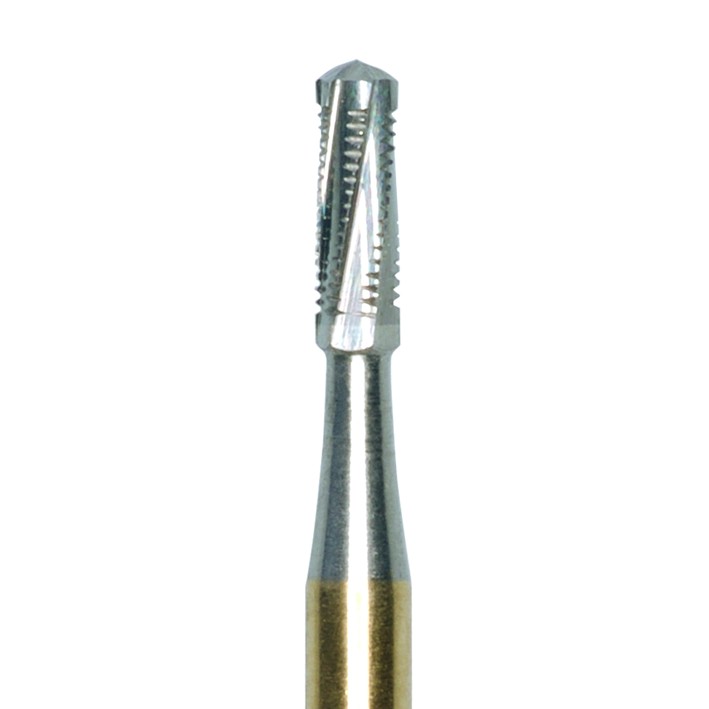
RA Carbide Burs
Carbide burs are made from a compound of tungsten and carbon, known as tungsten carbide. This is why they are known for their hardness, rigidity, and durability. Latch type burs known as RA burs, are made for low-speed contra-angle hand pieces. The diameter of the shak is 2.35mm.
More ...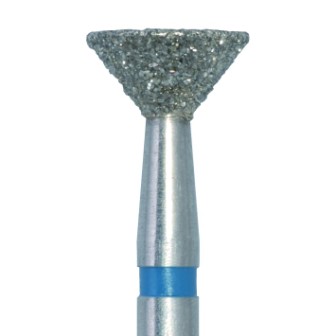
RA Diamond Burs
Diamond-coated burs are coated with industrial-grade diamonds. They are exceptionally hard and suitable for cutting through hard substances like enamel and dentin. Latch type burs known as RA burs, are made for low-speed contra-angle hand pieces.
More ...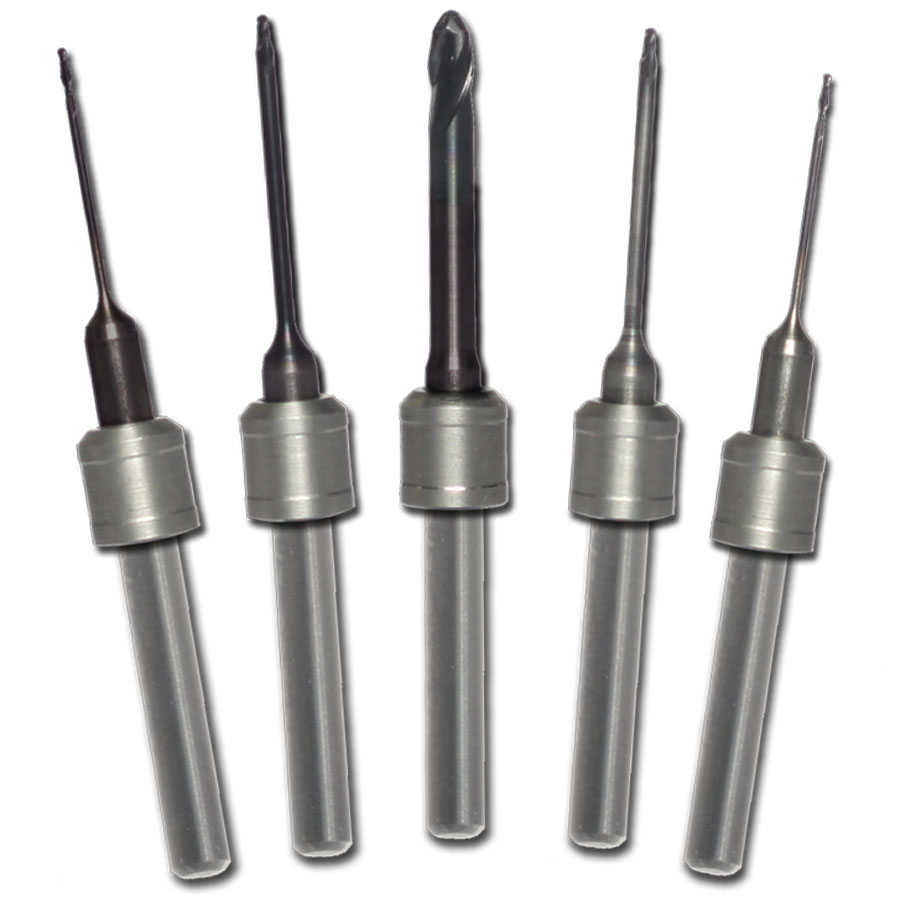
Dental CAD CAM Milling Burs
Dental CAD/CAM Milling Burs are used for cutting through hard areas in the dental cavity. This includes areas such as the bone, tooth, and other hard tissues in the dental cavity. The highlight of using these tools is that they allow you to make the most of CAD or CAM technology.
More ...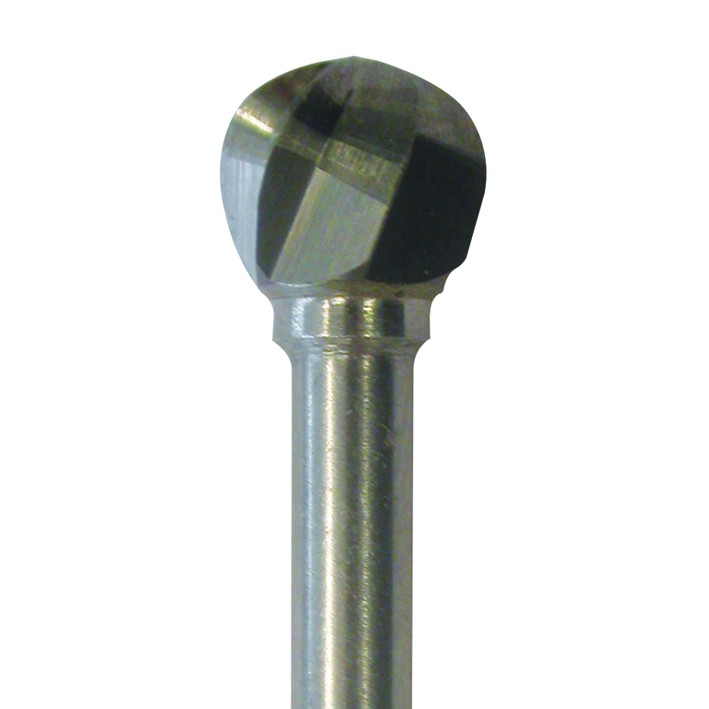
HP Carbide Lab Burs
Dental Laboratory Carbide Burs made of the carbide for the cutting in a dental laboratory. The cutting edges have efficient and fast polishing and finishing ability. Dental HP Carbide Burs are economical and corrosion resistant and have an excellent shelf life. Carbide Burs are compatible with all types of dental laboratory handpieces. The diameter of burs is about 2.35mm.The Dental HP Carbide Burs kit has five pieces of burs from super coarse, coarse, middle, fine to super fine. Carbide Burs are used for polishing and finishing dental laboratory plaster and alloys.
More ...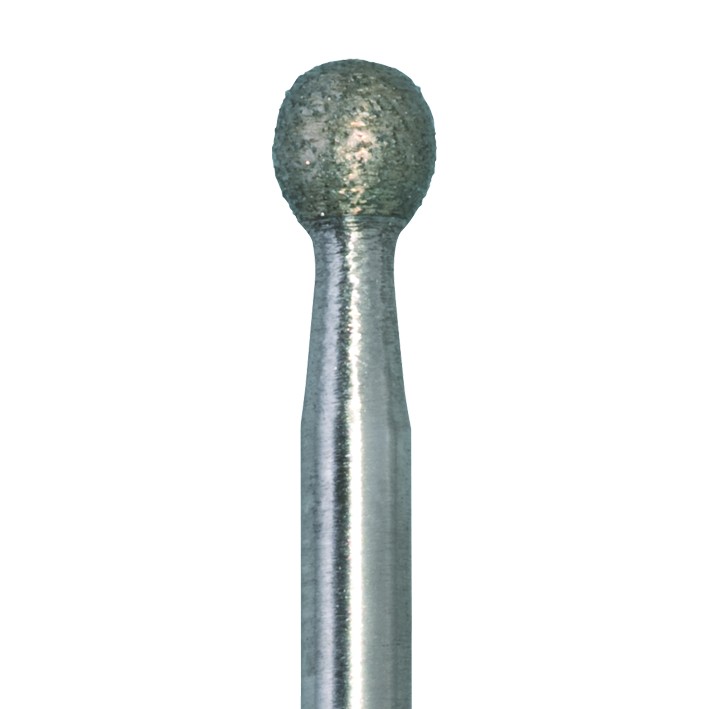
HP Diamond Burs
Diamond-coated burs are coated with industrial-grade diamonds. They are exceptionally hard and suitable for cutting through hard substances like enamel and dentin. Hand Piece shanks (HP) are used for slow rotational speeds. The diameter of the shak is 2.35mm.
More ...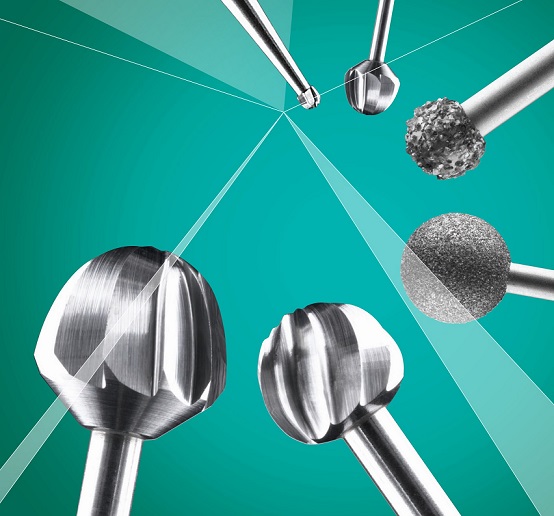
ENT Bur
ENT Burs are Rotary Instruments special designed for giving the flexibility to treat a wide range of Otolaryngology fields and anatomies from precise excision in delicate areas to rapid removal of large and bulky lesions.
More ...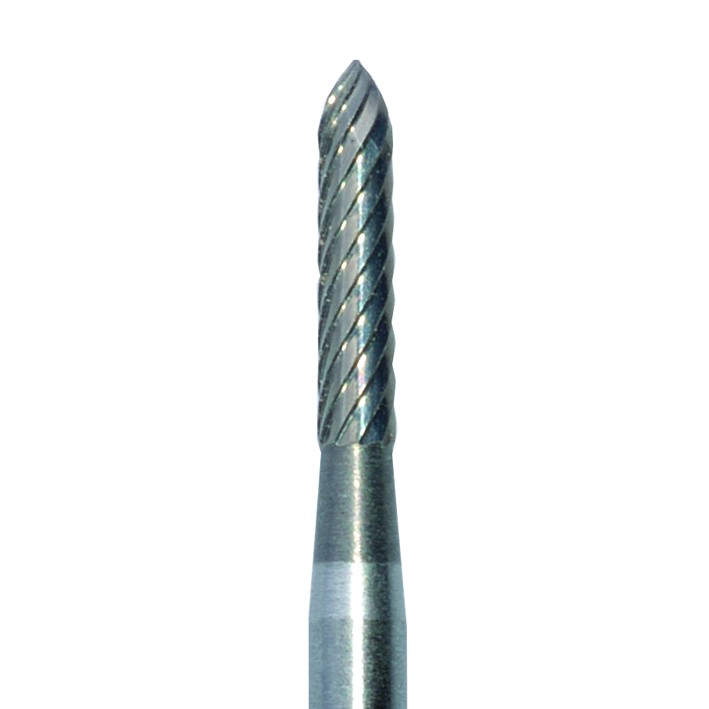
12 Blades Carbide Finishing Burs
Twelve bladed finishing burs provide a smooth finish on composite, amalgam, enamel, dentin, ortho debonding and other dental materials.
More ...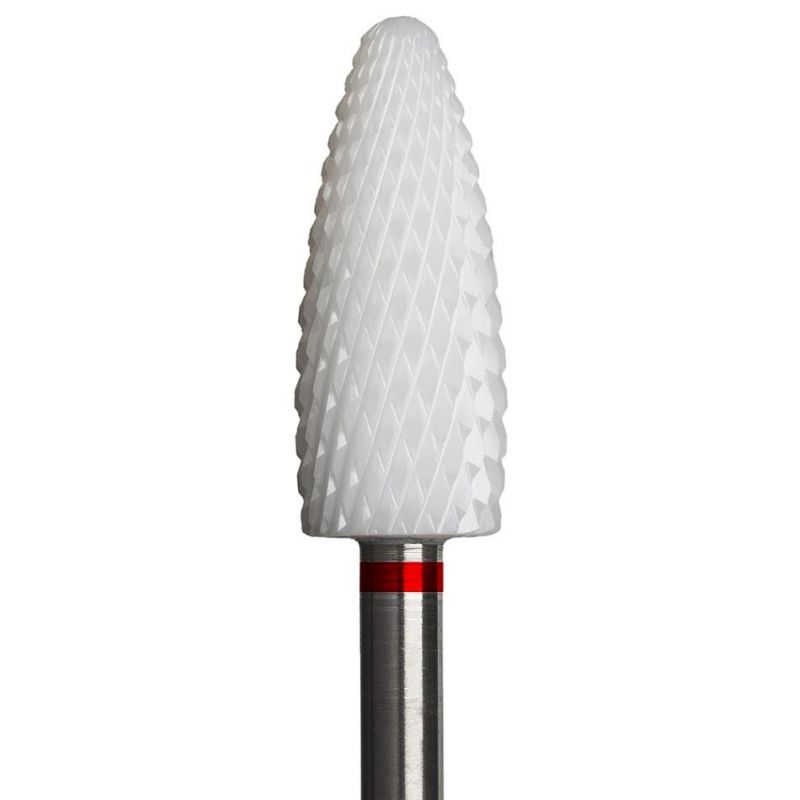
Ceramic Burs
Ceramic burr are composed of a ceramic head with stainless steel shaft, which creates a bur which has many favourable properties.The type of ceramic used to form the head of the bur, Zirconia, is an excellent material to make a bur with due to its very high resistance to crack propagation. The Ceramic bur are use on dental lab and podiatry.
More ...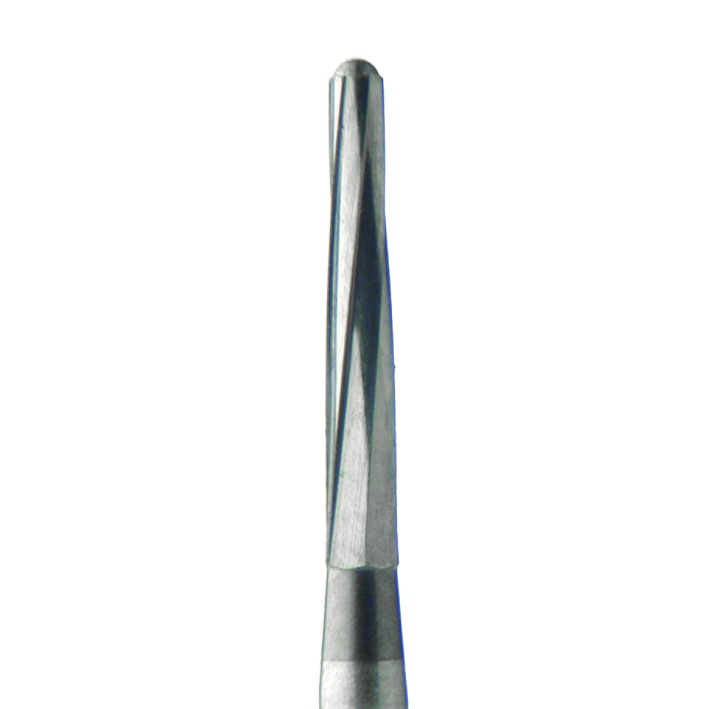
Carbide Surgery Burs
Carbide surgery are often used for trimming and finishing dental restorations, polishing dental materials and surfaces, and sometimes initial tooth reduction.
More ...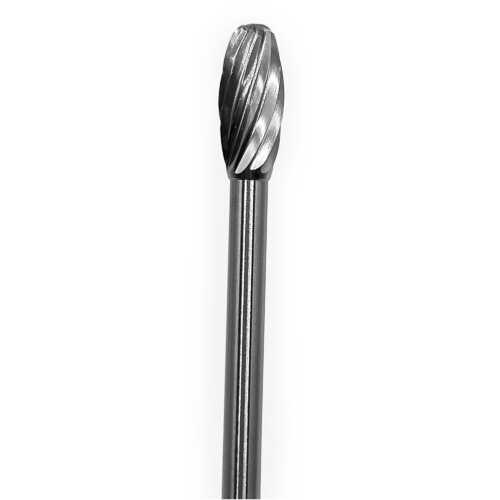
Stainless Steel Surgery Burs & Drill
Steel burs are typically made from stainless steel, a corrosion-resistant alloy of iron, chromium, and nickel. They are often used in Surgery.
More ...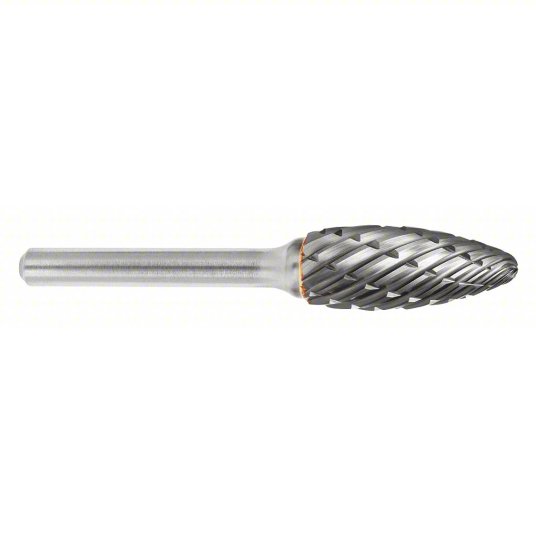
Carbide Burs for Industry
Carbide Burrs are also known as Rotary Burrs and are used to cut, shape, grind, remove sharp edges, burrs, and excess material (deburring). It performs the rapid removal of extra fabric. Ironically, burrs are both referred to as leftover stock chips.
More ...
Diamond Burs for Industry
A diamond burr is a type of rotary tool that uses a diamond-tipped bit to grind, smooth, or shape materials. It can be used on a variety of materials, including glass, metal, stone, and ceramic.
More ...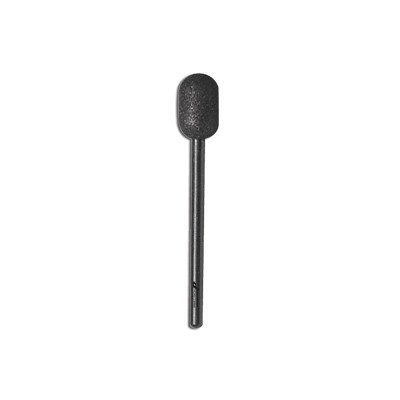
Podiatry Burs
The podiatry bur is a common tool that most podiatrists use on a daily basis. It is a “small, rotating tool used in podiatry to remove layers of keratin (or other materials) from dystrophic toenails”.
More ...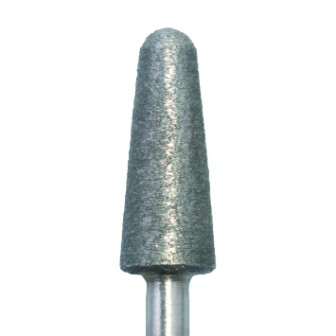
Sintered Diamond Burs
Sintered Diamond Burs are the highest quality carving burs you can buy on the market. These burs have diamond impregnated throughout the entire bur tip, so they last an extremely long time and cut much cleaner than an average plated bur.
More ...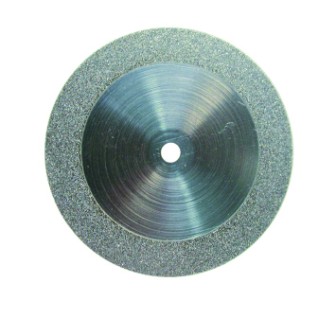
Diamond Discs
A diamond dental disc is a rotary abrading device made of stainless steel which is coated with a diamond bur on the working end, and which is designed to fit into a dental handpiece.
More ...
Polishers for Clinic
Dental Polishing Burs have become an essential component of dental practice due to their ability to provide a smooth, polished surface on restorations, helping to achieve optimal clinical outcomes and patient satisfaction.
More ...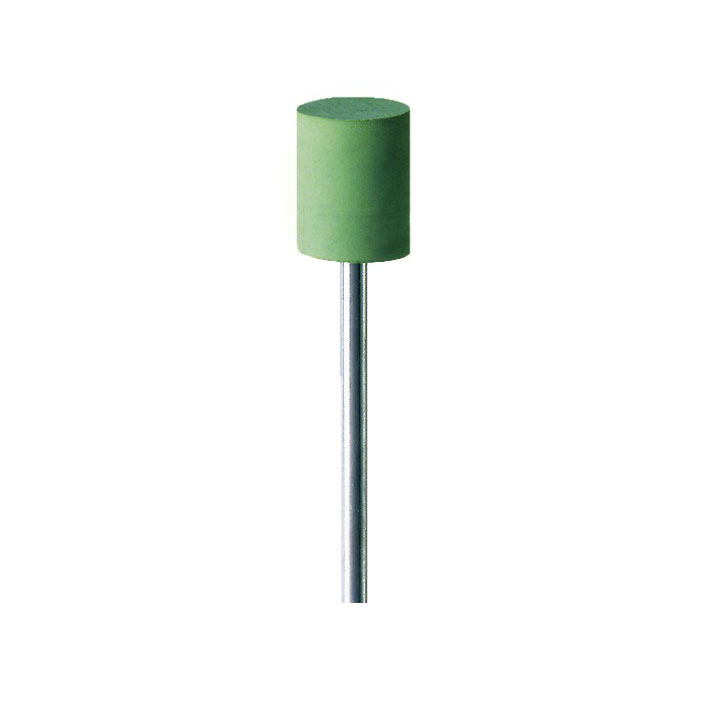
Polishers for Lab
Polishing burs play a vital role in creating a smooth surface on dental restorations such as fillings, crowns, and bridges. They are instrumental in removing excess material and refining the surface to achieve a high-gloss finish. By eliminating rough surfaces and irregularities, polishing burs help prevent plaque and bacteria from accumulating, reducing the risk of tooth decay and gum disease. Additionally, a polished restoration enhances aesthetics, providing patients with a natural and visually pleasing result.
More ...